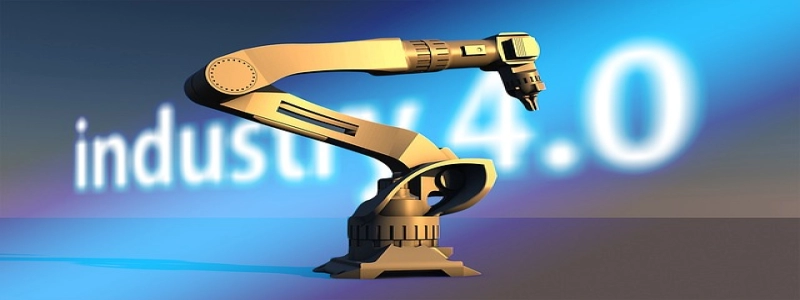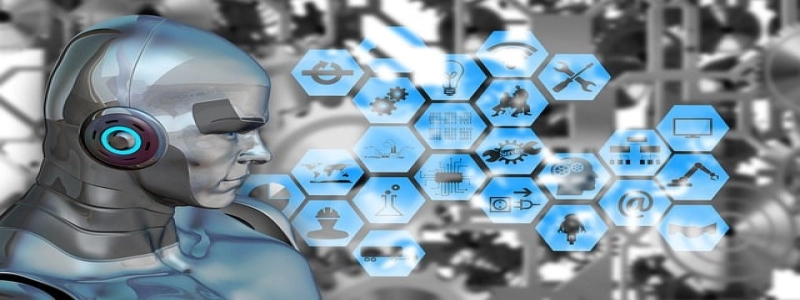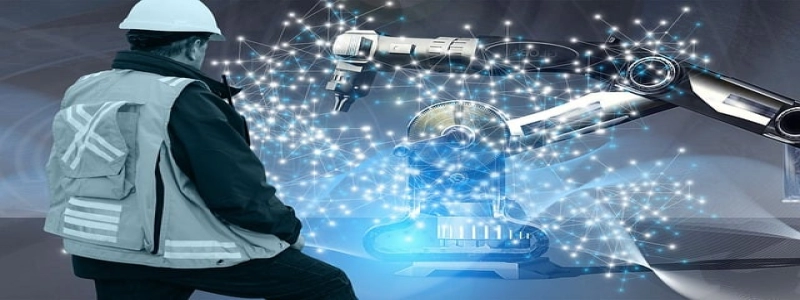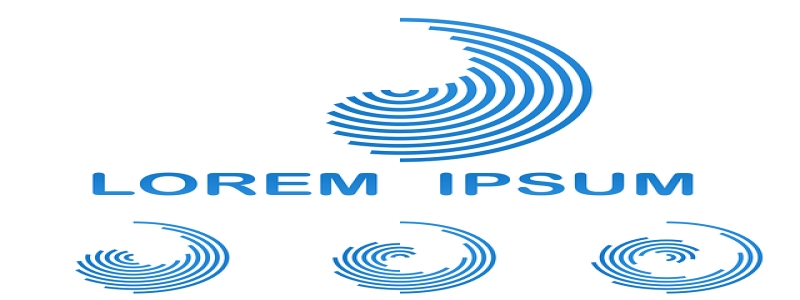What is Ethernet 2
소개:
Ethernet has become the de facto standard for wired local area networks (LANs) since its inception in the 1970s. Over the years, Ethernet has evolved, and Ethernet 2, also known as Ethernet II or DIX Ethernet, is one of its most widely used versions. In this article, we will delve into what Ethernet 2 is and its key features.
나. What is Ethernet 2?
a. Definition: 이더넷 2 is a protocol specification for local area networks that operates at the data link layer of the OSI model.
b. Evolution: It is the successor to the original Ethernet, also known as Ethernet 1, which was developed by Xerox Corporation in the 1970s.
c. Compatibility: 이더넷 2 is backwards compatible with Ethernet 1, allowing interoperability between the two versions.
d. Frame Format: 이더넷 2 uses a frame format consisting of a preamble, destination and source MAC addresses, EtherType field, data payload, and CRC (cyclic redundancy check) field. This frame format is commonly known as the Ethernet II frame or DIX frame.
II. Key Features of Ethernet 2:
a. Speed: 이더넷 2 supports a wide range of speeds, including 10 Mbps (이더넷), 100 Mbps (Fast Ethernet), 1 Gbps (Gigabit Ethernet), 10 Gbps (10 Gigabit Ethernet), and even higher speeds.
b. 미디어: It can work over various types of physical media, such as twisted-pair copper cables (e.g., Cat 5e or Cat 6), fiber optic cables, and coaxial cables. This versatility allows for flexible deployment in different network environments.
c. Scalability: 이더넷 2 offers scalability, allowing networks to expand by adding more devices or segments without significant disruption or performance degradation.
d. Widely Supported: 이더넷 2 is widely supported by networking equipment vendors and software developers, making it a robust and reliable choice for building LANs.
III. Applications of Ethernet 2:
a. Local Area Networks: 이더넷 2 is primarily used in local area networks where devices are physically located within a limited geographic area, such as offices, schools, or homes.
b. Industrial Automation: 이더넷 2 is also finding applications in industrial automation systems, where it allows for real-time communication and control between various devices and machines.
c. Internet Connectivity: Many internet service providers (ISPs) use Ethernet 2 as the underlying technology for residential or business broadband connections, providing reliable and high-speed internet access.
결론:
이더넷 2, as a protocol specification for local area networks, offers a versatile and scalable solution for building wired networks. With its compatibility, speed options, media flexibility, and widespread support, 이더넷 2 continues to be a reliable choice for various applications, including local area networks, industrial automation, and internet connectivity.








